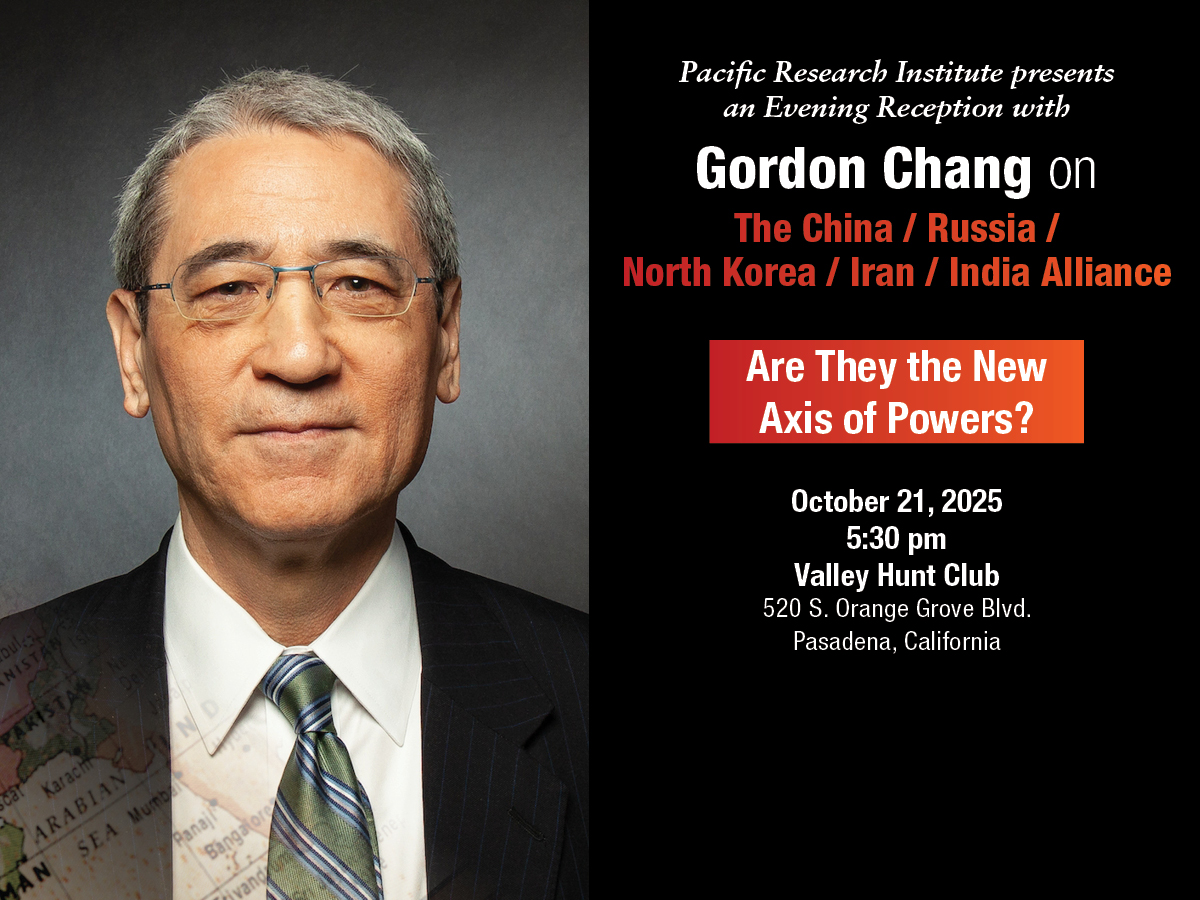San Francisco Mayor Gavin Newsom last month launched DataSF.org, a new web site designed to improve transparency by disclosing information about city government. Giving residents unfettered access to data such as crime statistics, restaurant inspection records, and public works projects demonstrates a strong commitment to open government, but will it help make San Francisco a model for efficiency and accountability?
Instead of constructing a complex system to vet, organize, and display public information, DataSF.org provides raw data, and relies on private innovators to develop creative new tools and applications. This approach closely mirrors recommendations described in a February PRI paper, The Perils of Technology and Government Transparency: “[Developers, companies, and nonprofits] don’t require flashy sites or expensive databases; all they need is raw information. As long as the information is available in some format, somewhere on the web, these stakeholders will find it and construct creative ways to engage the public.”
Harnessing the creativity of citizens produces a flood of useful ideas with minimal investment. When Washington DC spent $50,000 on a 30-day “Apps for Democracy” contest in 2008, for example, independent developers used raw data to create 47 new applications that immediately saved the city $2.6 million. The Bay Area is home to considerable tech talent, but this model can only work when government relinquishes control over technology, and provides the freedom for independent ideas to flourish.
San Francisco has already witnessed the shortcomings of highly centralized technology projects. Mayor Newsom spent two years attempting to blanket the city with free municipal Wi-Fi Internet access, but his plan collapsed in August 2007. Since the beginning of his second term in 2008, Newsom has more readily embraced private technologies to improve the city and government. Today, San Francisco-based Meraki Inc. provides free Wi-Fi to more than 80 percent of the city’s neighborhoods at no cost to taxpayers, and the government accepts service requests via Twitter, where Mayor Newsom (@GavinNewsom) has more followers than constituents.
DataSF.org represents a significant step towards replacing unnecessary bureaucracy with more innovative solutions, but only if government sets the data free. Though the city has released 108 datasets, more than 70 percent of them come with burdensome strings attached. Before downloading these datasets, users must consent to “Terms of Use” awarding the government “all right, title, and interest” over any applications created “without limitation.”
In other words, if an entrepreneur develops and markets an iPhone application that maps available apartment rentals side-by-side with recent crime reports from SFPD, the city could be entitled to a cut of the profits. Alternatively, the government could silence a potentially embarrassing application, such as one superimposing police presence or fixed potholes with campaign donations. Taxpayers already fund the collection of government data, therefore all information the government releases belongs unequivocally in the public domain.
Technology can enhance transparency, but it cannot create transparency. This requires a continued commitment from policy makers, and Newsom acknowledges that in the face of “resistance to change” and low “political will,” “the bar is remarkably low” for DataSF.org. A commitment to transparency will not be meaningful if politicians selectively withhold datasets from the site.
To ensure the release of data based on user demand, not political convenience, DataSF.org employs a unique experiment. Any visitor to the site can propose additional datasets the city should disclose, and vote on ideas suggested by others. As a result, information of highest public interest will rise to the top, displayed prominently for everyone to see. This will force politicians to justify secrecy in the face of overwhelming calls for transparency.
Technology alone cannot open all the windows on government, but DataSF.org is an important first step to help sunshine burn through the fog. Mayor Newsom recently declared that sites like DataSF.org represent “the future of government.” If it succeeds, this technology could become a model for California, which launched its own statewide open data initiative in July.


